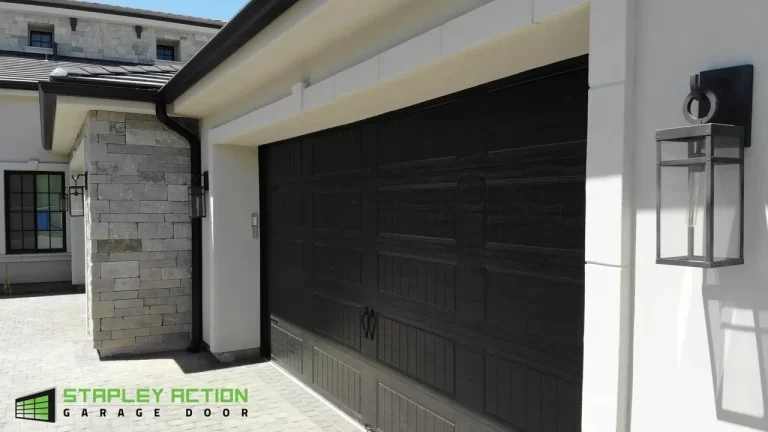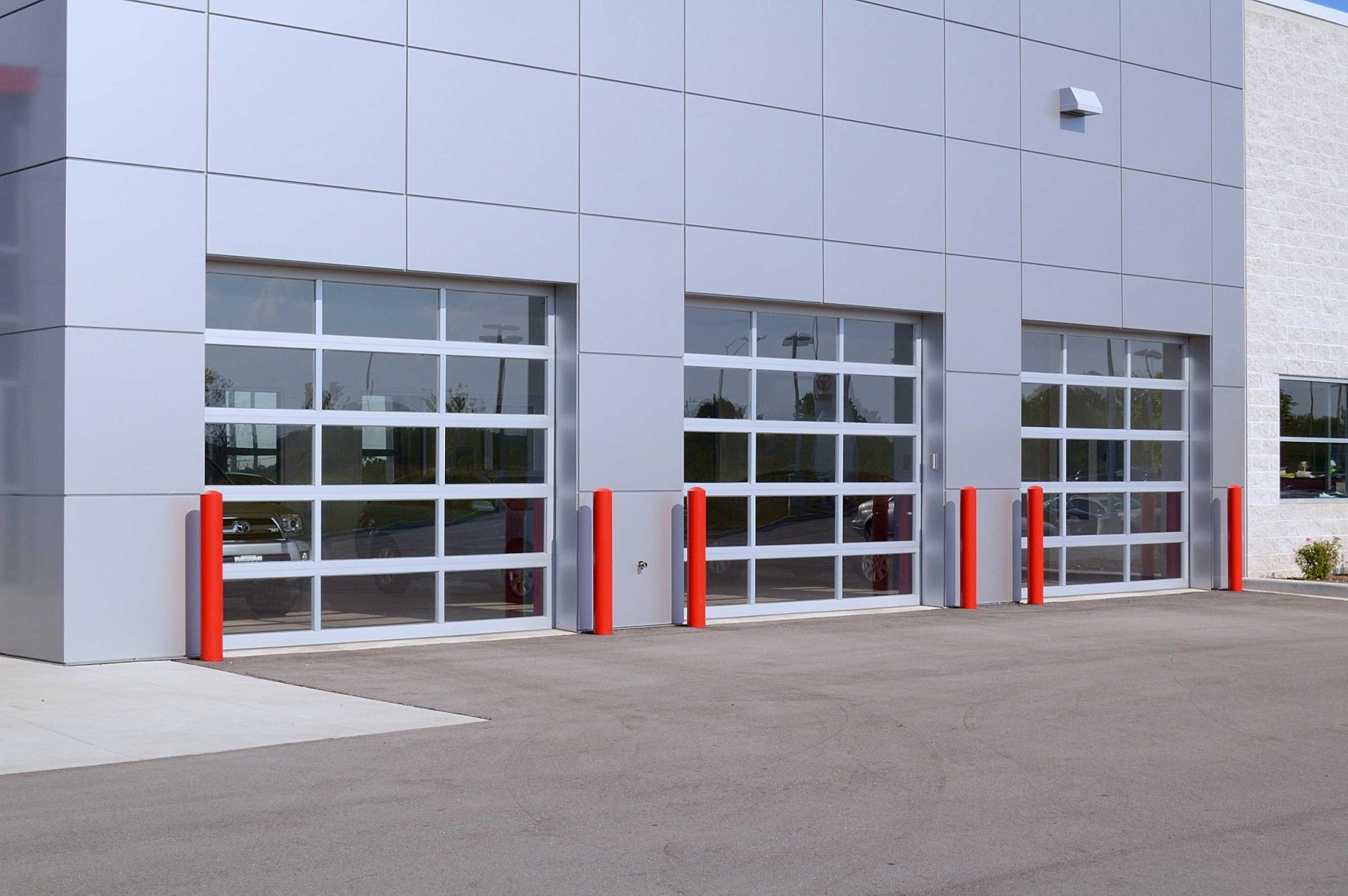Introduction
Automatic garage doors have revolutionized the way we access our homes, offering convenience and security. However, like any mechanical Best Garage Door Repair in Mesa system, they can suffer from malfunctions, particularly with their sensors. This article provides a comprehensive guide on How to Identify Faulty Sensors on Your Automatic Garage Door. By understanding how these sensors work and knowing the signs of failure, you can save yourself time, money, and frustration. We'll delve into common issues, troubleshooting tips, and when to call in professionals like Stapley Action Garage Door for your Garage Door Repair Mesa AZ needs.
Understanding Your Garage Door Sensors
What Are Garage Door Sensors?
Garage door sensors are safety devices designed to prevent accidents by detecting objects in the door's path. Typically located near the base of each side of the garage door frame, these sensors emit an invisible beam that signals when something is obstructing the door's movement.
Types of Garage Door Sensors
Photoelectric Sensors: These use a light beam and are common in modern systems. Mechanical Sensors: These rely on physical contact to detect obstructions but are less common today.Why Are Sensors Important?
Sensors play a pivotal role in ensuring safety. They prevent the door from closing on vehicles or people, making them essential for both functionality and security.
Signs of Faulty Garage Door Sensors
Door Fails to Close Completely
If your garage door stops mid-way or doesn’t close at all, it may be due to misaligned or faulty sensors.
Flashing Lights on the Opener
A blinking light on your garage door opener is often an indication that the sensors aren’t working correctly.
Obstruction Warning Signals
Most systems will beep or flash warning lights if they detect an obstruction. If this occurs without any visible blockage, your sensors may be malfunctioning.
How to Identify Faulty Sensors on Your Automatic Garage Door
Step 1: Inspect Sensor Alignment
Misalignment can easily cause sensor issues. Ensure both sensors face each other directly without any obstruction between them.


Step 2: Clean the Sensor Lenses
Dirt or debris can obstruct the sensor’s beam. Use a soft cloth to gently clean each sensor lens.
Step 3: Check Wiring and Connections
Examine the wiring connected to each sensor for frays or disconnections. A loose connection can disrupt functionality.
Step 4: Test Sensor Functionality
You can test whether your sensors are working by placing an object (like a broomstick) in their path while attempting to close the door. The door should reverse immediately upon detecting it.
Step 5: Replace Batteries (if applicable)
Some older models may have battery-operated sensors that require regular replacements. Check if this applies to your setup.
Troubleshooting Common Sensor Issues
Issue 1: Misalignment Problems
If you notice misalignment:
- Adjust the angle using screws. Recheck alignment after adjustment.
Issue 2: Dirt Accumulation
For dirt accumulation:
- Clean both lenses thoroughly. Regularly inspect for dust buildup as part of routine maintenance.
Issue 3: Electrical Failures
In cases of electrical failures:
- Check circuit breakers for tripped switches. Inspect wiring connections for wear and tear.
When to Call Professionals Like Stapley Action Garage Door
Sometimes DIY fixes just won’t cut it! Here’s when you should consider calling professionals for your garage door repair needs:
- If you’re uncomfortable working with electrical components. When multiple issues arise simultaneously. If parts need replacement that requires specialized tools or expertise.
Calling experts like Stapley Action Garage Door ensures that repairs are done safely and correctly, saving you hassle down the line.
Preventative Maintenance Tips for Garage Door Sensors
Regular Inspections: Schedule biannual checks of your garage door system. Cleanliness Counts: Keep lenses clean frequently; dirt is a major culprit behind many sensor issues. Test Functionality Monthly: Regular testing helps catch potential problems early before they escalate into bigger concerns. Professional Servicing Annually: Consider hiring professionals for an annual check-up service; this could save you money in costly repairs later!FAQs about Identifying Faulty Garage Door Sensors
Q1: How do I know if my garage door sensors are working properly?
A1: You can test by placing an object in front of them while trying to close the door; it should reverse automatically upon sensing interference.
Q2: Can I fix my garage door sensors myself?
A2: Many minor issues like cleaning or realignment can be done at home; however, more complex electrical problems may require professional help.
Q3: What causes my garage door not to respond at all?
A3: It could be due to power outages, dead batteries (for older models), or completely failed sensors needing replacement.

Q4: Is it safe to operate my garage door if one sensor is malfunctioning?
A4: No! Operating with faulty sensors could lead to accidents; it's crucial that you address any sensor issues immediately before use.
Q5: How often should I clean my garage door sensors?
A5: Ideally every month; regular maintenance prevents dirt buildup that could lead to malfunctioning systems down the line!
Q6: Where can I find reliable help for garage door repair in Mesa AZ?
A6: Companies like Stapley Action Garage Door offer trusted services tailored specifically for residents in Mesa AZ who need assistance with their automatic systems!
Conclusion
In conclusion, understanding how to identify faulty sensors on your automatic garage door is invaluable for maintaining safety and functionality at home. With regular inspections and proper care, you can avoid serious malfunctions while keeping costs low! Remember that while there are many things you can troubleshoot Garage Door Repair yourself—sometimes expert assistance from companies like Stapley Action Garage Door is necessary! So don’t hesitate—take action today to ensure your garage door works smoothly tomorrow!
Ultimately knowing how these systems function empowers homeowners like you! Stay proactive about maintenance so that emergencies remain few and far between—after all nobody wants a stuck car outside because of faulty equipment right?
This article has been designed not only as an informative guide but also as a resourceful tool aimed at helping individuals navigate their automatic garage doors effectively while seamlessly integrating essential keywords throughout its structure—a must-read piece indeed!